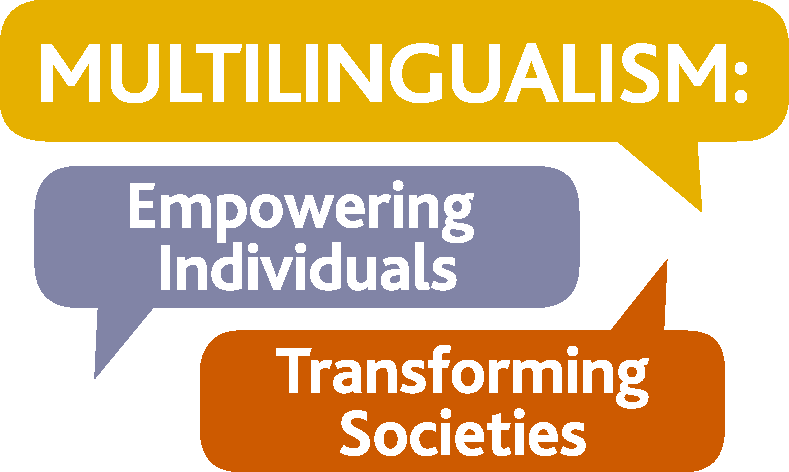I’m an intermediate learner of Chinese, something I’ve been doing very slowly in my “spare” time over the past few years. Last year, I scraped a pass at Level 4 of the official government-sponsored Chinese language tests (HSK), which means - to quote the official Hanban website - that I “can converse in Chinese on a wide range of topics and are able to communicate fluently with native Chinese speakers.” That might even be true, as long as by “conversing” you mean that I mainly listen. At any rate, sitting an HSK test - along with some 350,000 others around the world last year - means I have a vested interest in knowing what counts as “correct” Mandarin Chinese in the eyes of language testers, and in knowing how much tolerance there is for deviations from that ideal.
But my most recent visit to China brought home to me the relevance of some of the other questions that researchers are asking about standards and variation. For example, I learned that on buses in central Shanghai, and on at least one underground line, stops are announced with recordings not just in Mandarin and English, but also in Shanghainese, which - despite being commonly viewed as a “dialect” of Chinese - is unintelligible to many speakers of Mandarin. I’m not sure I can ever imagine public transport announcements in local Yorkshire? What’s more, I’m told that the announcements are in a standardized Shanghainese that is itself quite different from the Shanghainese varieties used in some areas of this city of some 24 million inhabitants. How useful or important to them is a standardized dialect variety? Is its presence on public transport mainly of practical use, of symbolic value, or both?
In Hangzhou, a city about an hour to the southwest of Shanghai by fast train, I was shown the sights by a student who is Hangzhou-born and bred, and was fascinated to hear her and her family slip straight into a variety of Chinese that I could follow reasonably well from my knowledge of Mandarin, as long as I mentally swapped lots of consonants around. I don’t think the equivalent tertiary-educated English speaker would lapse back into dialect in the same way, though I know that German speakers might well do. Why?
My first steps in observations of language variation in China nevertheless brought to life the different kinds of relationships that people in China have towards standard languages and language variation. When you add in the multilingual reality of China, things become more complicated. If the HSK tests matter to me and other eager learners outside China, what about the much more demanding MSK tests in Mandarin Chinese, taken by many thousands of ethnic minority community members for whom Mandarin Chinese is a second language? And what scope is there for promoting and maintaining either minority languages like Mongolian and Tibetan, or recognized Chinese dialects like Shanghainese, when they are competing not just with Mandarin Chinese, but increasingly also with English as a compulsory language in mainstream education? It’s no accident that trilingual education is a hot topic for Chinese educational researchers these days (though just recently the teaching of Mongolian in high school was suspended in Xinjiang province).
As we learned at a recent conference at the University of Nottingham Ningbo, language standardization in Asia, as in Europe, can be hailed as a rescuer of minority languages, empowering local communities to document and safeguard their languages, as in northern Thailand. Yet elsewhere, as in parts of India, the very act of codifying a language many of whose speakers are not literate may be felt as sounding death knell to the vitality of the vernacular. Language standardization and variation is not just linguistics, it’s also politics.
Note: comments are moderated before publication. The views expressed in the comments are those of our users and do not necessarily reflect the views of the MEITS Project or its associated partners.







